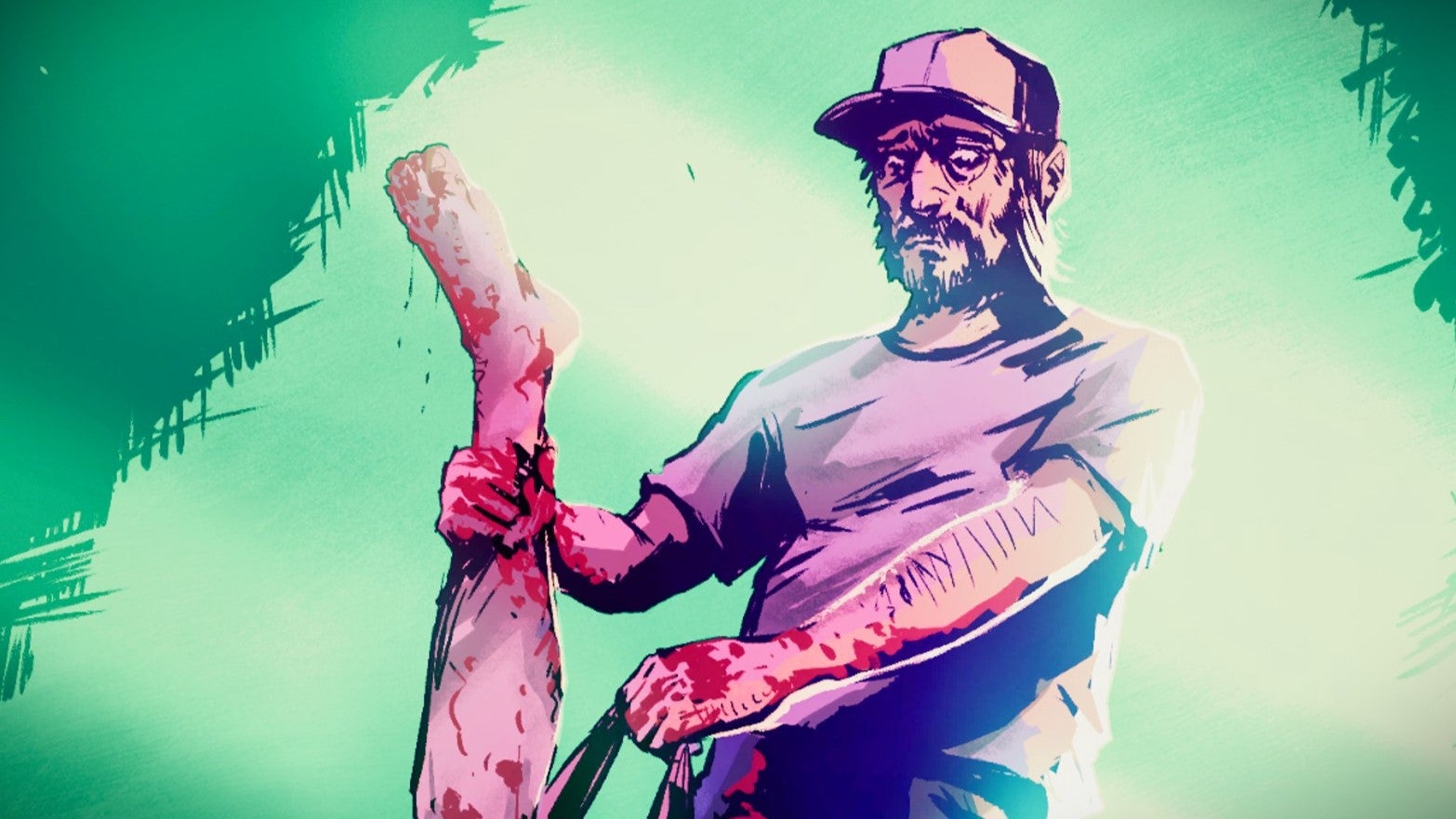Mechanically, Life Eater uses a diary-based puzzle system in some really interesting ways, but it struggles to say anything meaningful about the shock-factor setting it’s gone for.
Few game ideas will turn your head quicker than one about abducting people and murdering them. It’s an idea that courts controversy for the shock factor that comes with it, in order to stand out, and that’s not necessarily a bad thing if handled right. I don’t mind it here because Life Eater is a genuinely interesting indie game and not a tasteless cash-grab. Nonetheless, it’s still an uncomfortable premise and an uncomfortable game – uncomfortable in some interesting ways but uncomfortable all the same. But I feel like if you’re going to go there, you’d better have some interesting things to say when you do, and ultimately, I don’t think Life Eater does. To me, it feels a bit frightened of the controversy it courts. But let’s come back to that because there’s a lot of good stuff in between that I want to talk about first.
Life Eater reviewDeveloper: Strange ScaffoldPublisher: Strange Scaffold, Frosty PopPlatform: Played on PCAvailability: Out now on PC (Steam)
In essence, Life Eater is a puzzle game – it’s not the gory action murder simulator you might be fearing. Far from it: the moment-to-moment gameplay actually revolves around staring at people’s day-to-day calendars, a kind of diary of events, and gradually filling them out. You do this by clicking on an empty space and selecting one of a few stalkery things to do to reveal them, such as carrying out a DDoS attack or hacking their phone, or peering inside their window. Activities range from subtle to brazen, and what you can do depends on a couple of things.
Time and suspicion rule everything. Every action costs time – think of it as a currency – and every action raises suspicion, and managing either badly can mean a game over. You have an overall time limit for a mission, so every action whittles that down, and you have a suspicion gauge that, if filled, calls the authorities on you, which as a serial killer, you obviously don’t want. What you opt to do depends on all of these things working in tandem: do you go big or small, loud or quiet – how much time and suspicion can you spare? One more thing: you can lower suspicion with downtime activities like “staring”, which cracks me up, but again, this is all done at the expense of time.
As you fill out the diary, a completion gauge fills up, and when it reaches a threshold point, you’ll be able to abduct someone. Do this and you’ll move to part two of the puzzle: a memory test – a rather gory memory test. You’ll see the inside of someone’s torso, so their lungs and intestines and all that juicy stuff, and then you’ll face some questions about that person’s life. Does the person you were just stalking have children? If you think they do then please remove some of their ribs. Does the person you were stalking live alone? If you think they do then please whip out their intestines, and so on and so on until you’re confident you’ve answered all questions correctly and can complete the ritual successfully, thrusting a stake into their heart. None of this is particularly gory by the way – it’s more cartoony – but it’s still uncomfortable given the surrounding circumstances of the mission and game.
